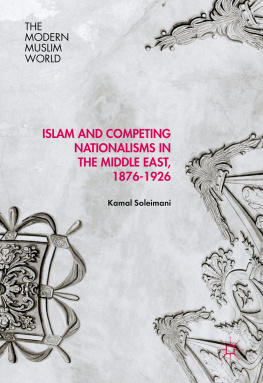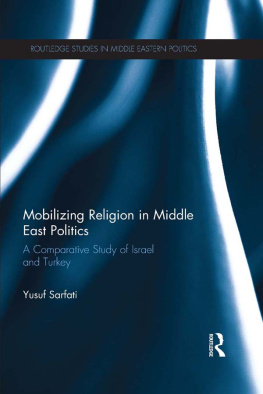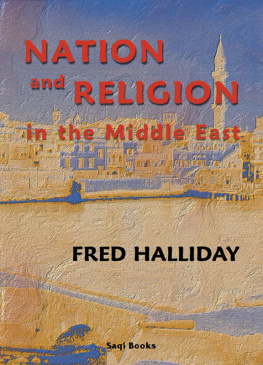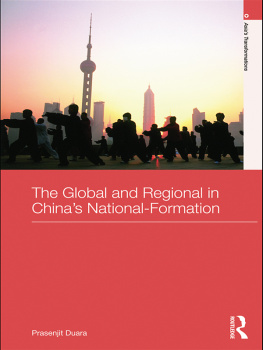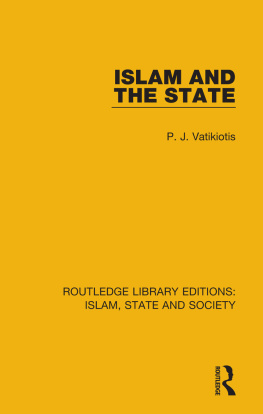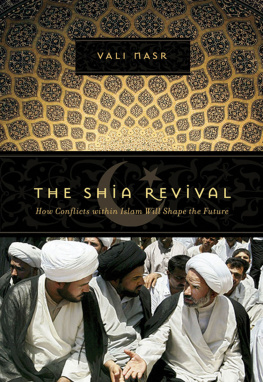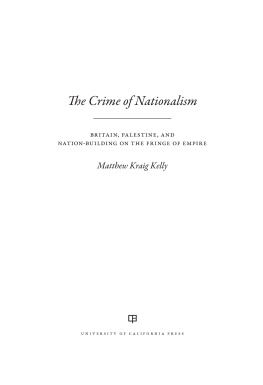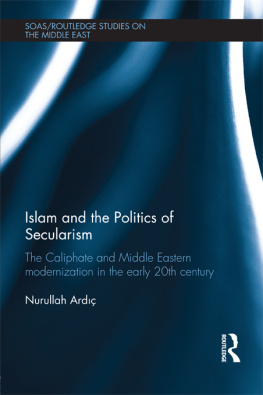1. Introduction
Scholarship on late Ottoman society, including writings on the Kurds, tends to present Muslim history with a certain uniformity. It is only after World War I (WWI) and the rise of Kemalism that the history of Muslim nationalist thought is treated as a fact in the related historiography. The historical disparity among the various Muslim people of Asia Minor and their assumed lack of ethnic self-consciousness In this discursive construct of the past, the emergence of Turkish nationalism is equated with the birth of the modern Turkish state. The same period is also treated as the birth date of Muslim nationalisms in the Middle East.
The present work deals principally with the relationship between modern Islamic thought and nationalism, focusing particularly on certain trends in Islamic religious thought in the late Ottoman world. I shall concentrate on the reciprocal influence between nationalism and modern Islamic thought primarily by tracing their manifest reciprocities in the late nineteenth- and early twentieth-century Kurdish and Turkish histories. I aim to demonstrate the malleability of religious interpretation that allows for the smooth ingression of nationalist discourses in religious thought and vice versa.
In the late nineteenth and early twentieth centuries, nationalist discourse was incorporated into newer interpretations of Islam, of which there were prominent examples in the Ottoman context. Various interpretations that were put forth by major Islamic religious leaders illustrate a new reality., exemplifies this trend. The propagation of state-sanctioned Islam became increasingly tied to official nationalist practices and policies, which were contested and resisted by dominated ethnic communities.
To explain Ottoman state vision and policies, I employ both newspaper articles from Istanbul journals and a wide variety of Ottoman and British archival materials alongside primary materials in Arabic, Persian, and Kurdish. I aim to demonstrate the systematic effort by the state to Turkify education and restrict the use of non-Turkish languages. In discussing the Turkification of the language of instruction during the reign of Abdlhamid II (18761909), I make extensive use of Ottoman state records and journals to emphasize that the state had no qualms about privileging Turkish and restricting other languages.
As noted at the outset, generally scholarship on Ottoman history has questioned the possibility of the existence of Muslim nationalism prior to WWI. I will later (in Chap. ) briefly attend to the problematic nature of those approaches to nationalism in the Empire. Though some scholars do see Hamidian rule as a catalyst for the rise of nationalism, I will go a step farther and argue that belief in the latency of Turkish nationalism reflects the influence of Orientalist scholarship and of the later Kemalist/Republican historiography. Comparing the literature produced by the pre-Republican nationalists with that of the later Kemalist/Republican nationalists clearly sheds light on discrepancies in the Turkish nationalist reading of the pre-1912 Ottoman past. Additionally, a more rigorous scrutiny of the state records and Ottoman journals problematizes the common conception of Ottoman Turkish nationalism as latent.
Furthermore, the Ottoman states discourse on Islamic identity, unity, or the caliphate should not be taken at face value, nor should it be viewed as an inclusionary Islamic discourse. First, there is an important inconsistency in the ways in which the Ottoman state and elitebeginning with the Hamidian regimeemphasized both Islamic identity and unity. Second, such concepts have been historically interpreted in a variety of ways. The employment of common signifiers does not necessarily nullify their particular or exclusive signification, and they could be misleading if treated as timeless and isolated from their sociohistorical context. Therefore, it is essential to put the Ottoman Caliphate in its historical context to see how it was perceived by non-Turkish Muslims. It is thus not a contradiction to assert that the upswing of official Ottoman nationalism and the Hamidian states renewed claim to the caliphate were concurrent. In fact, it was in the Hamidian era that Ottoman official nationalism significantly began to occupy cultural, bureaucratic, and educational space.
The Ottoman state records show a drastic change in the states education and linguistic policy after Abdlhamid IIs accession to power in 1876. Ottoman archival documents attest to the fact that local government officials allowed for some leeway in mandating Turkish-language education in the pre-Hamidian era. However, not long after coming to power, Sultan Abdlhamid made Turkish education mandatory throughout the Empire. This reflected both centralization and a growing Turkish nationalism. The result was a shrinking of space for the cultural and literary production of non-Turkish Muslim groups such as Albanians, Arabs, and Kurds. The states language-based Turkification policies went hand in hand with its disdainful attitude toward peripheral or non-Turkish Islam. Such attitudes toward the peripheral region were reproduced and reflected in contemporary Ottoman works by the elite, who saw it as their mission to modernize Islam and to civilize the periphery. Their suspicions were more rooted in civilizational discourse rather than sectarian differences, as was pointedly illustrated by their discussions in Ottoman press.
It becomes evident that the Ottoman elites effort to differentiate themselves from other Muslims was informed by their nationalism and ethnic self-perceptionas the only ethnic group capable of modernizing the rest. The literature of the time evidences their self-glorification as the vanguards of change in the Muslim world. The Ottoman elites view of the ethnic Other became manifestly scornful as they increasingly saw themselves burdened with the mission of civilizing the rest. In the mind of the elite, the traditional Sunni-Shi i divide would increasingly lose its significance. They thus adopted ethnic belonging and an affinity to civilization to underscore their uniqueness. The rationale given by certain Ottoman intellectuals for opposing Iranian participation in a possible Islamic unity exemplifies this trend. The disqualification was not based on a rejection of the legitimacy of Shi i beliefs. Rather, it was because of Iranian uncivilized-ness and their hatred for the Turks . Such attitudes toward the Other were plainly displayed in literary works by iconic figures such as Ahmad Midhat and ems ad-Din Sami. Ahmad Midhat, for instance, insisted that Turks possessed a greater Islamic zeal than Arabs. In his journal, Tercman- Hakikat , Midhat went so far as to claim that the Quran itself was not an Arabic text but instead was the language of God. This reflected a transformation of the idiom of Turkish nationalism whereby Turkish Islam was to be decoupled from Arabic, supposedly a backward Semitic language.
ems ad-Din Sami, the famous playwright, lexicographer, and litterateur, went even further, claiming that in comparison to other ethnic communities, Arab contributions to Islam were all too negative. In 1870s, Namik Kemal had characterized the role of Arabs, in their contributions to contemporary Islamic thought, as nothing more than their following of their Turkish brethren. Compared to Namik Kemals remarks, in the previous decade, views expressed by intellectuals such as Sami and Midhat represented a rapid shift in the Ottoman elites perceptions of peripheral communities. This occurrence signified the rise of cultural and official Ottoman nationalism and the Ottoman elites attitudes toward the peripheral rest and their eagerness to dictate who was a civilized Muslim.

